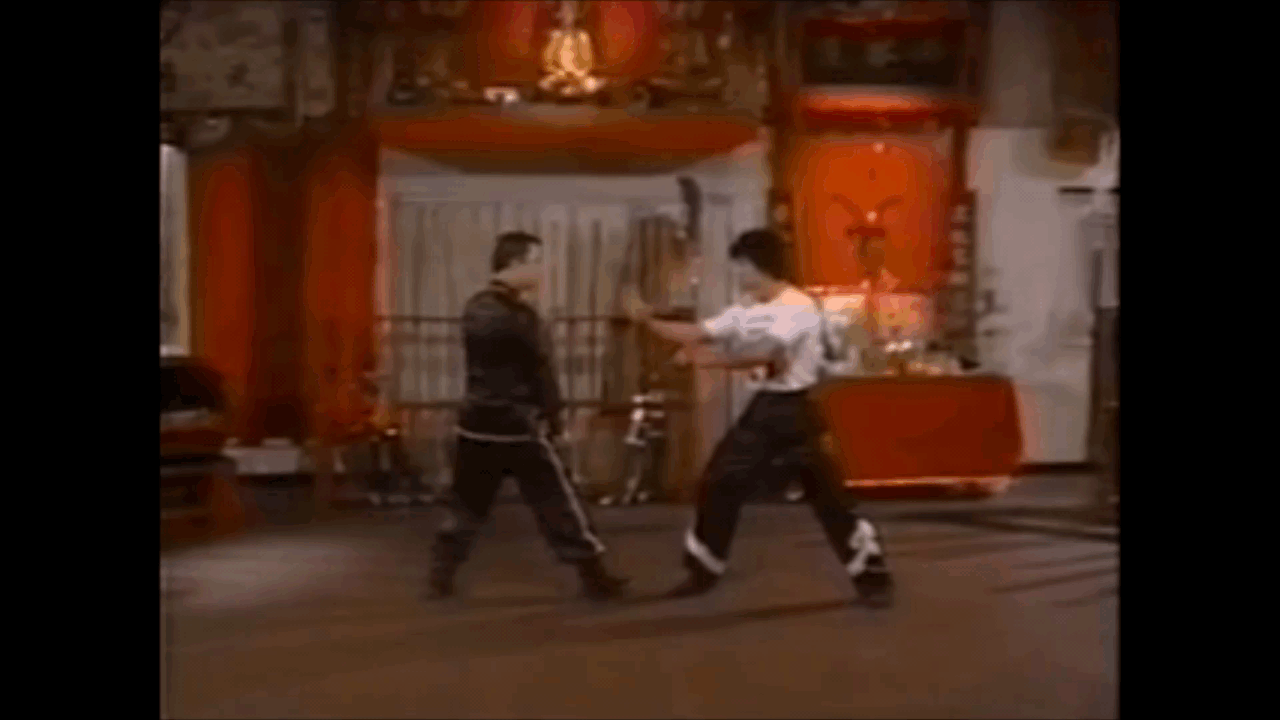You: "Yes, this is what I have been explaining repeatedly. In your image, both you and I are in the fight zone, because you can reach me. Now, do you agree orNo, the questions are in post #231.
disagree?"
My answer to this is no, we do not agree. In reality, If someone has longer legs and arms. It is possible for them to reach you but it's not possible for you to reach them at the same distance. You are in his fight zone, but he's not in your fight zone. I answered this when I brought up someone being taller. I base the fight zone as the range in which someone will attack
You :"Are you willing to answer the question? That would make it easier to understand you to start."
I just answered your question and you'll just loop back to
1. 2 arms length and
2. A step forward.
Is what a make a safe zone. I can actually move my foot back and still accomplish
None of this is going to help you. In addition None of those answers have anything to do with what you train.

